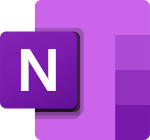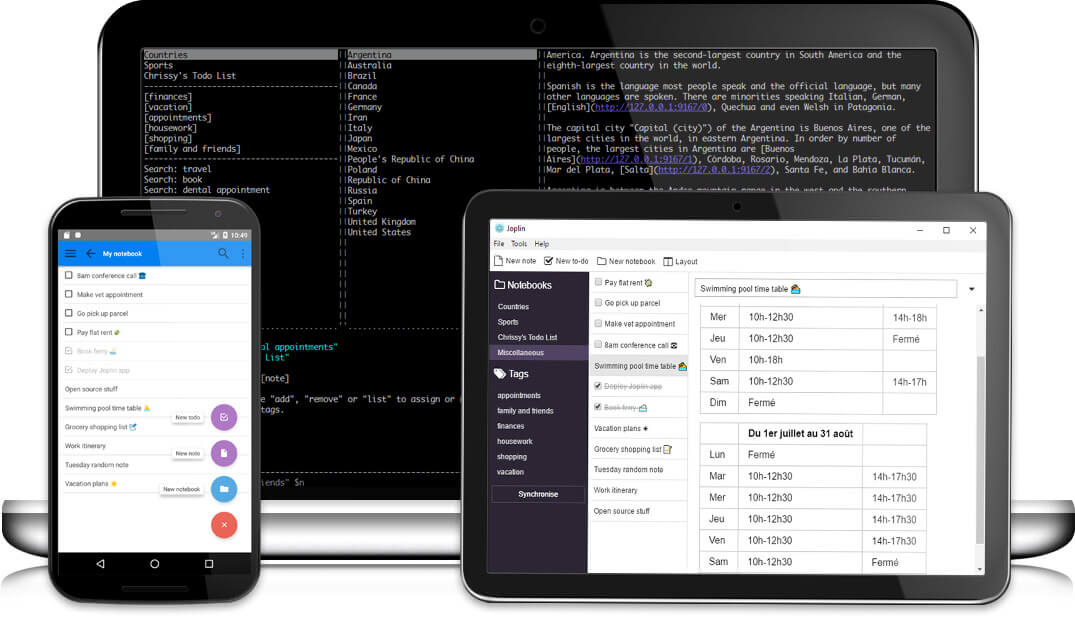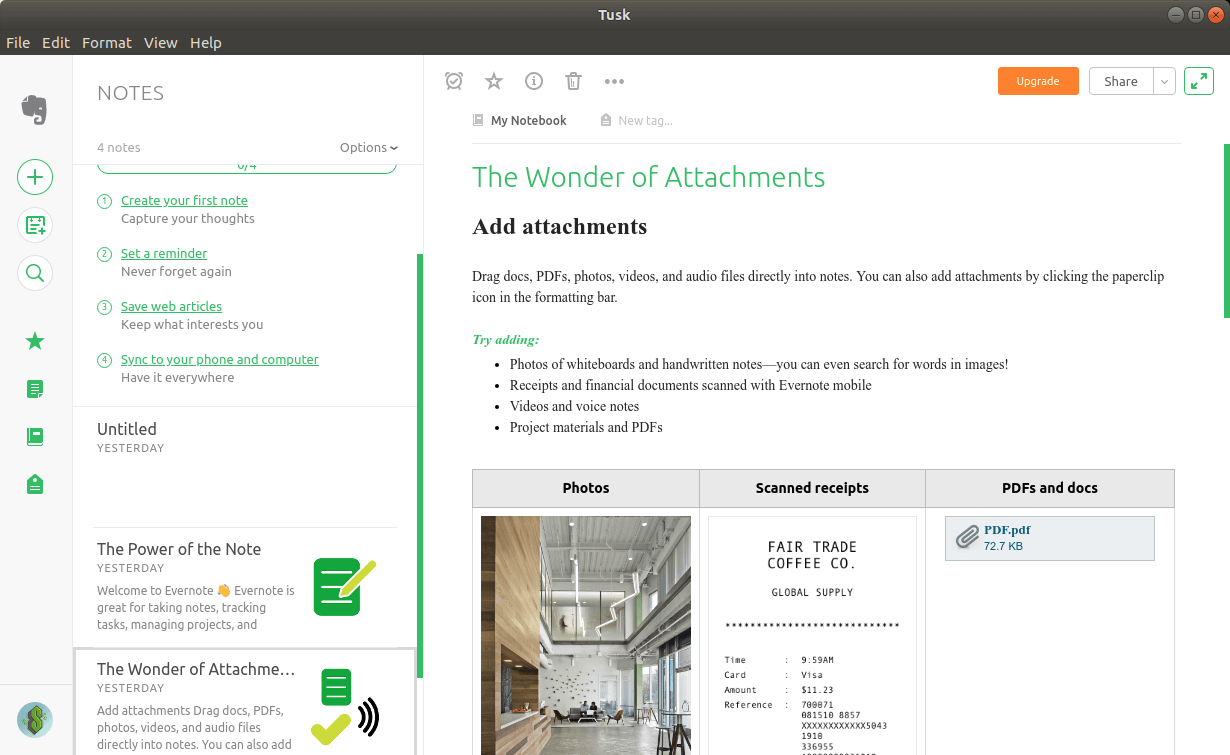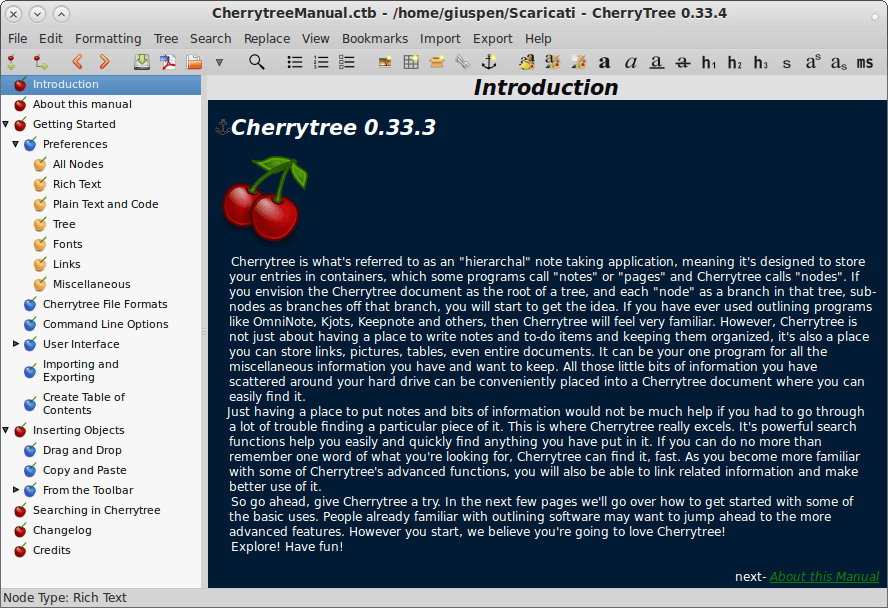Last Updated on April 16, 2022
Microsoft’s stance for decades was that community creation and sharing of communal code (later to be known as free and open source software) represented a direct attack on their business. Their battle with Linux stretches back many years. Back in 2001, former Microsoft CEO Steve Ballmer famously tarnished Linux “a cancer that attaches itself in an intellectual property sense to everything it touches”. Microsoft also initiated its “Get the Facts” marketing campaign from mid-2003, which specifically criticized Linux server usage, total cost of ownership, security, indemnification and reliability. The campaign was widely criticized for spreading misinformation.
However, in recent years, there has been a partial shift by Microsoft to embrace the open source software paradigm. For example, some of their code is open sourced. Examples include Visual Studio Code, .NET Framework, Atom, and PowerShell. They have also made investments in Linux development, server technology and organizations including the Linux Foundation and Open Source Initiative. They have made acquisitions such as Xamarin to help mobile app development, and GitHub a hugely popular code repository for open source developers. And they have partnered with Canonical, the developers of the popular Ubuntu distro. But many developers remain hugely sceptical about Microsoft and their apparent shift to embrace open source.
This series looks at the best free and open source alternatives to products and services offered by Microsoft.
 Microsoft OneNote is a note-taking program for free-form information gathering and multi-user collaboration. It gathers users’ notes, drawings, screen clippings, and audio commentaries. Notes can be shared with other OneNote users over the Internet or a network.
Microsoft OneNote is a note-taking program for free-form information gathering and multi-user collaboration. It gathers users’ notes, drawings, screen clippings, and audio commentaries. Notes can be shared with other OneNote users over the Internet or a network.
OneNote is available as part of the Microsoft Office suite. Here’s our recommended free and open source alternatives.
1. Joplin
Joplin is a free, open source note taking and to-do application which can handle a large number of notes organized into notebooks.
The notes are searchable, can be copied, tagged and modified either from the applications directly or from your own text editor. The notes are in Markdown format.
Joplin was designed as a replacement for Evernote and so can import complete Evernote notebooks, as well as notes, tags, resources (attached files) and note metadata (such as author, geo-location, etc.) via ENEX files.

2. Tusk
Tusk is billed as a feature-laden, open source, community-driven, free Evernote app used by people in more than 140 countries.

3. Zim
Zim Desktop Wiki (Zim) is an open source graphical text editor used to maintain a collection of wiki pages.
Each page can contain links to other pages, simple formatting and images. Pages are stored in a folder structure, like in an outliner, and can have attachments. Creating a new page is as easy as linking to a nonexistent page.
All data is stored in plain text files with wiki formatting. Various plugins provide additional functionality, including a task list manager, an equation editor, a tray icon, and support for version control.

4. CherryTree
CherryTree is a hierarchical note taking application, featuring rich text and syntax highlighting, storing data in a single xml or sqlite file. It offers a good range of features.

5. Simplenote
Simplenote offers a simple way to keep notes.

All articles in this series:
| Alternatives to Microsoft's Products and Services | |
|---|---|
| Bing offers search services, including web, video, image and map search products. It's developed using ASP.NET. | |
| Calculator is a simple yet powerful calculator that includes standard, scientific, programmer, and graphing calculator functionality, as well as a set of converters between various units of measurement and currencies. | |
| Calendar is a personal calendar application which offers synchronization with various calendar services. | |
| Character Map is used to view the characters in any installed font, to check what keyboard input is used to enter those characters, and to copy characters to the clipboard in lieu of typing them. | |
| Clipchamp is non-linear editing software that allows users to import, edit, and export audiovisual material in an Internet browser window. | |
| Clock is a time management app offering alarms, world clocks, timers, a stopwatch, and focus sessions. | |
| Disk Cleanup is a computer maintenance utility included in Microsoft Windows designed to free up disk space. | |
| Dynamics 365 is a product line of enterprise resource planning and customer relationship management intelligent business applications. | |
| Edge is a cross-platform web browser. It is a Chromium-based browser with Blink and V8 engines. | |
| Exchange Server is a mail server and calendaring server. Exchange uses a single building block architecture. | |
| File Explorer is a file manager application and default desktop environment. It provides a graphical user interface for accessing the file systems, as well as user interface elements such as the taskbar and desktop. | |
| Forms is a web-based application that lets you design and analyse online forms, surveys, quizzes, and polls. | |
| GitHub is a distributed version control and source code management functionality service. It includes non-Git elements. | |
| Hyper-V is a Type 1 hypervisor; it can create virtual machines on x86-64 systems running Windows. | |
| Journal is a note-taking application that allows users to create and organize handwritten notes and drawings and save them. | |
| Loop is an online collaborative workspace offering a variety of features to help users gather, organize, and build notes, ideas, and projects. | |
| Magnifier is a screen magnifier app intended for visually impaired people to use when running Windows. | |
| Media Player is a video and audio player that's a built-in Windows component. | |
| Minesweeper is a fun game where the object is to find the location of the mines hidden in the minefield and to mark their location by placing a warning flag. | |
| MSN Weather gets you the very latest weather forecast, including temperature, humidity, precipitation for your location. | |
| Narrator is a screen reader that’s included with every copy of Microsoft Windows. | |
| Notepad is a simple text editor for Windows; it creates and edits plain text documents. | |
| Office is a family of client software, server software, and services. Microsoft has promoted Office 365 as the primary means of obtaining Office. | |
| OneDrive is a file hosting service and synchronization service. Users can upload Microsoft Office documents to OneDrive. | |
| OneNote is a note-taking program for free-form information gathering and collaboration. It gathers users’ notes, drawings, screen clippings, and audio commentaries. | |
| Outlook is a personal information manager that's primarily an email client. It includes calendaring, task managing, contact managing, note-taking, journal logging, and web browsing. | |
| Paint is a simple raster graphics editor that has been included with all versions of Microsoft Windows. | |
| Photos is an image viewer and image organizer. It was first released with Windows 8 and remains under active development. | |
| Planner lets users create Kanban boards using content-rich tasks with features including files, checklists, and labels. | |
| Power BI is a collection of software services, apps, and connectors that work together to turn your unrelated sources of data into coherent, visually immersive, and interactive insights. | |
| PowerPoint is a powerful slide show presentation program. It is a standard component of the company's Microsoft Office suite software. | |
| Process Explorer is a task manager and system monitor. It provides the functionality of Windows Task Manager along with features for collecting information about processes running on the user’s system. | |
| Project lets you develop schedules, assign resources, track progress, manage budget, and more. It's part of the Microsoft Office enterprise project management product. | |
| Publisher is a desktop publishing application with focus on page layout and design. Use text, photos and links to make professional publications personal. | |
| Remote Desktop lets you connect from afar. Through RDC, you can remotely access multiple computers over the same network, whether they’re at home or at your office. | |
| SharePoint is a web-based collaborative platform that’s often used as a document management and storage system. | |
| Skype is software for VoIP-based videotelephony, videoconferencing and voice calls. The software also provides instant messaging, file transfer, debit-based calls to landline and mobile telephones (over traditional telephone networks), and more. | |
| Snipping Tool is a screenshot utility. It can take still screenshots of an open window, rectangular areas, a free-form area, or the entire screen. | |
| Sound Recorder (previously known as Voice Recorder) is an app for recording lectures, conversations, and other sounds. | |
| Sticky Notes is software to create notes, type, ink or add a picture, add text formatting, stick them to the desktop, move them around there freely, close them to the Notes list, and sync them across devices and apps. | |
| SwiftKey is a virtual keyboard app for Android. SwiftKey learns from previous typed text and outputs predictions based on currently inputted text and what it has learned. | |
| Teams is a business communication platform. The service integrates with the company’s Office 365 subscription office productivity suite. | |
| Terminal is billed as “a modern, fast, efficient, powerful, and productive terminal application for users of command-line tools and shells like Command Prompt, PowerShell, and WSL”. It offers multiple tabs, panes, Unicode and UTF-8 character support, a GPU accelerated text rendering engine, and custom themes, styles, and configurations. | |
| To Do is a cloud-based task management application. It allows users to manage their tasks from a smartphone, tablet and computer. | |
| Visio is a diagramming and vector graphics application. Database modeling in Visio revolves around a Database Model Diagram (DMD). | |
| Visual Studio is an integrated development environment. It is used to develop computer programs, as well as websites, web apps, web services and mobile apps. | |
| Whiteboard provides a freeform, intelligent canvas where you and your team can create, and collaborate visually via the cloud. Designed for touch, type, and pen, it lets you write or draw as smoothly as you would with ink. | |
| Yammer is a social-networking platform for organizations. It’s a closed platform sometimes described as Facebook for businesses. | |

I have been a user of CherryTree for a number of years. It is a reliable software and it keeps improving. It is good that development is still ongoing. Theonly weak point is tables: they are ugly and impractical.
What is great on OneNote and that is missing in all these software is the matrix-like display of notebooks x pages. Where notebook tabs are vertical and pages tabs are horizontal. This makes navigation more intuitive, faster and more pleasant. I pray for developpers to do it 🙂
CherryTree is really good, a bit clunky but keeps improving.
I have been using CherryTree since it first came out. (First on Windows, now on Linux.) It is, by far, the best one in this list. I have tried all the others but have always come back to CherryTree. I do all my writing and word processing on it. (Don’t use an office suite at all.) CherryTree has replaced quite a few apps/programs on my laptop. It is that versatile.
To be honest, none of the mentioned applications are real alternatives to OneNote. They are alternatives to Evernote. Extremely limited in comparison to OneNote. I miss: fast hierarchy, fast editing in vertical and horizontal sense, intelligent tables, audio notes, inter-note linking, included spreadsheets, hand written notes…
Sounds like you are confusing the word alternative with replacement.
For many users, Joplin and others have sufficient functionality to let many people do what they need. Too many of the features in OneNote you refer to fall into the ‘nice to have’ category but hardly essential. Joplin gives everything I need. It’s a common mistake to ascribe features you want with other people’s needs.
The real issue is that many proprietary commercial applications are horribly bloated. It was always about adding unnecessary features that only 1% of the user base actually wanted.
Companies like Microsoft found that an old version of their software was often sufficient for most users, hence why they moved over to the subscription service. They found that too few people upgraded regularly.
To be honest… are you not normally honest?